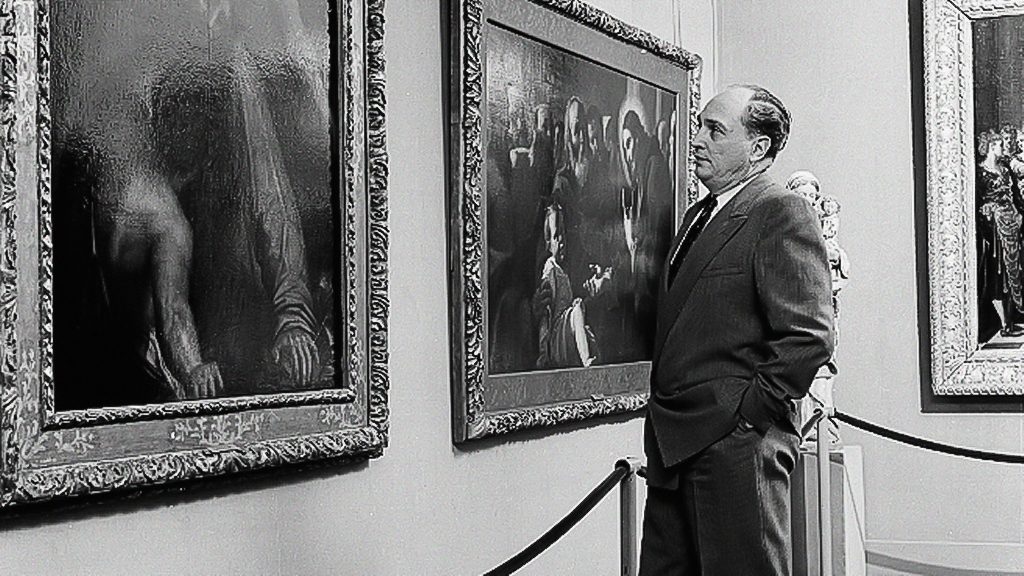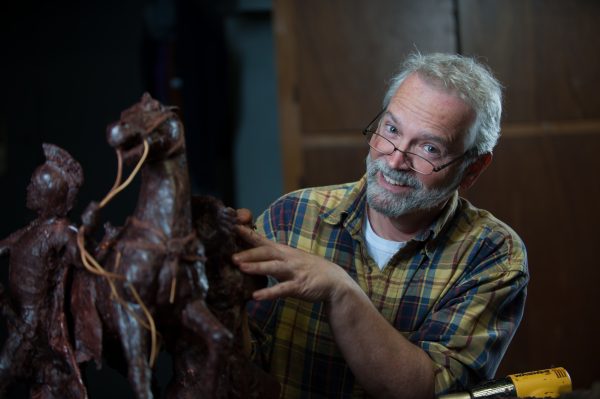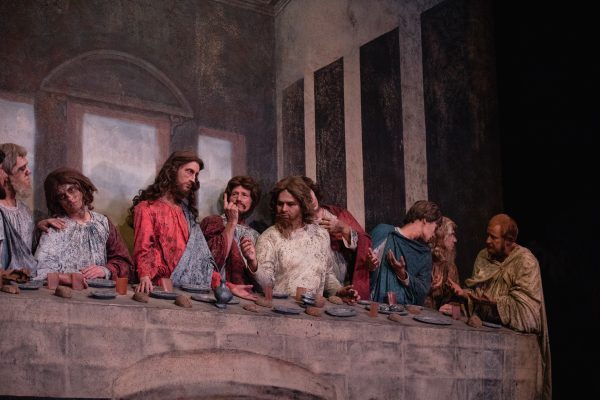I have always loved art. I studied in Florence for a couple months when I was a junior in college. That exposure to Europe was pretty formative in my life. Being there in the living museum of Florence really opened my eyes not just to art, but to art history.
So when I came to Bob Jones University for grad school, the idea of working at the museum here was really attractive to me—particularly the art history aspect.
I was curator of the Museum and Gallery for 20 years which gave me the opportunity to do a lot of different research projects on the collection. We did an exhibit at The Frist Museum in Nashville probably seven years ago or so now on our Northern Renaissance paintings. (The term “Northern Renaissance” refers to countries north of Italy—Spain, France, Germany, Austria, Belgium, the Netherlands, etc. Our collection contains works from the 14th to the 19th centuries.)
We did an art catalogue for the First Museum exhibition. Their curator wrote an essay for it, and I wrote one on the presence of Northern Renaissance paintings in southern collegiate institutions. I was really interested to find out and position the Bob Jones Collection in relation to all the other university collections. I did a survey of all the Ivy League schools’ collections—what they got and when. And the research showed that Dr. Bob Jones Jr. was a pioneer collector for collegiate museums in America.
Researching
The Renaissance Society of America called for papers to be presented at this year’s conference in New Orleans. They had a category for Old Masters paintings in southern collections. And I thought, well, Bob Jones has to be represented in that session somehow.
So I updated the research that I did for the essay I wrote for the Frist Museum exhibit and expanded it to all southern museums, not just collegiate collections. I took the broadest possible definition of the South. I included the National Gallery and all public collections to see if Dr. Bob Jones Jr. was still a pioneer against all others. And he was. I mean, there were some that were collecting before him. But as far as volume and early collecting, he blew everyone else out of the water.
I discovered that right around 1950, Dr. Jones became friends with prominent art collector, art dealer and connoisseur Carl Hamilton. Hamilton was a Christian, and he suggested that Dr. Jones start a museum since any good university has got to have a museum.
Dr. Jones had an interest in Old Masters, and Hamilton offered to help him in any way he could. He introduced Dr. Jones to a lot of the top art dealers who really took him under their wings, helping him find incredible deals.
Over time, Dr. Jones developed his own eye and sense of connoisseurship to make the decisions at the auctions himself. But early on, he relied heavily on those experts he became friends with to guide him in his purchases.
The collegiate collection survey that I did compared Bob Jones University against Harvard, Yale, and many other universities—colleges that started back in the 1700s and had hundreds of years to acquire paintings.
I checked the statistics, and within nine years (1951–1960) Dr. Jones acquired 66 Northern Renaissance paintings. That was more than all of the other museum collections in America combined. Yale, Harvard, Notre Dame, everywhere—put all of their collections together, and BJU still has more.
The only comparable museums were the Ringley Museum in Florida and the National Gallery. But we are still way ahead of everybody.
Presenting
Historically, BJU is very well known worldwide for our Italian and Baroque paintings. Everybody knows about that. But this Northern Renaissance collection has been under the radar. I feel like this research has really brought to light how significant a pioneer Dr. Jones was.
So I took my new essay and went to the three-day RSA conference in New Orleans. I presented the paper and spoke alongside three other speakers on Northern Renaissance paintings.
I love being able to use my interest in BJU’s collection to research it—to promote it and push it in the public eye. With the Museum & Gallery temporarily closed, I’m glad the M&G is continuing to keep the artwork in front of people as much as possible.
As told to Lauren Heilman.
To learn more about the Museum & Gallery collection and public programming, visit bjumg.org.








